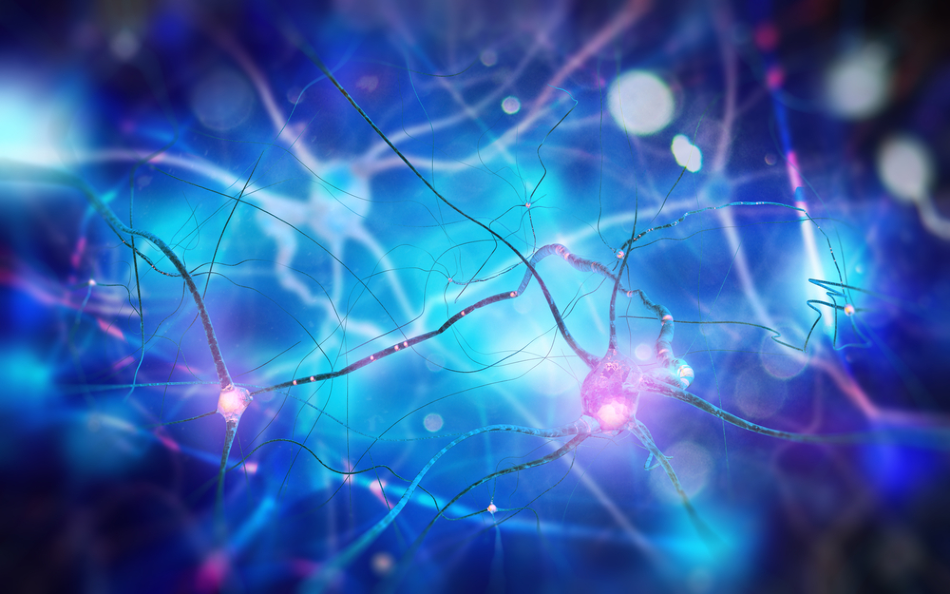
Image Credit: Andrii Vodolazhskyi/Shutterstock.com
Last month, researchers from the Institute of Science and Technology, Austria, published findings of their latest research in the journal Nature. There, they described the breakthrough process that they called “flash and freeze.” It is able to enhance the method of electron microscopy and reveal how structural and functional properties of the brain’s synapses communicate.
Some Structural and Functional Synaptic Properties Have Remained a Mystery
Until now, the exact nature of the structural and functional properties of the synapses that allow them to transmit information had eluded scientists. While the method of electron microscopy has uncovered much about the morphological properties of synapses, scientists have still endeavored to develop a method that allows them to see these neuronal transactions in finer grain detail. This would be influential in understanding disease-affected synapses on a new level, potentially leading to the development of new and improved therapies.
Up until now, numerous factors surrounding the relationship between the structure and function of the synapses had remained undetermined. Scientists still labored to discover whether synaptic vesicles undergo exocytosis by full fusion or if transient fusion pores release the transmitter into the synaptic cleft. It had also remained uncertain whether readily releasable pool (RRP) and docked vesicle pool are identical, or if they partially overlap. Finally, the mechanisms underlying endocytosis had remained unclear.
The “Freeze and Flash” Method
The method of electron microscopy (EM) is established as the most relied upon tool for investigating synapses. Over the decades, much has been discovered utilizing this technique. However, it is not without its drawbacks, the major one being that it can only create snapshots frozen in time rather than in real-time. This means that the image it captures is from the time of fixation of the sample, where chemical fixation is likely to alter the synapse’s structure.
Alternative methods of confocal, two-photon, and optical super-resolution imaging give scientists the opportunity to view synaptic transmission in real-time. However, it can only be used in dissociated cultured neurons, and it is hard to reach a resolution strong enough to view the individual synapses.
Previously, other research teams have attempted to develop a method of performing simultaneous structural and functional analysis, such as by combining electrical stimulation with rapid tissue freezing. However, it was not proven successful in viewing central synapses.
Since then, scientists have been able to address some of the limitations of this method by combining optogenetic stimulation of identified presynaptic neurons with high-pressure freezing (HPF). The term “flash and freeze” was coined to describe this method.
This year, the team from the Institute of Science and Technology, Austria, have managed to achieve this simultaneous structural and functional analysis, with an improved “flash and freeze” technique. Researchers demonstrated that this method can be applied to acute brain slices as well as organotypic slice cultures due to the improved carrier geometry and protocols, optimized cryoprotection and freeze substitution.
The team applied the method to synapses of the hippocampal mossy fiber existing between the dentate gyrus granule cells (GCs) and CA3 pyramidal neurons. This synapse has several distinctive functional and structural characteristics, however, previously the relationship between them had been undetermined.
With the “flash and freeze” method, the team was able to show that high-frequency stimulation of GCs leads to the discharge of the docked vesicle pool at hippocampal mossy fiber synapses. This suggests that there is an overlap between the structurally defined docked vesicle pool and the functionally defined RRP. Therefore, the method provided key insights into how the structural and functional properties of the synapses relate.
Furthermore, the team demonstrated that the technique is suitable for studying several brain regions, such as the cerebellum and brain stem. These findings are promising, demonstrating a potential new technique that may be used to resolve the unanswered questions relating to how synapses work. This will be fundamental to the advancement of a wide range of fields within neuroscience, biology, biochemistry, and more.
References and Further Reading
Disclaimer: The views expressed here are those of the author expressed in their private capacity and do not necessarily represent the views of AZoM.com Limited T/A AZoNetwork the owner and operator of this website. This disclaimer forms part of the Terms and conditions of use of this website.